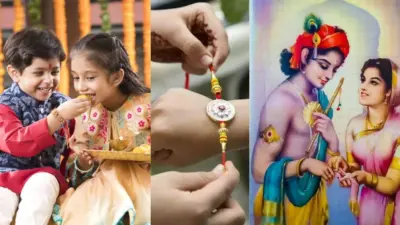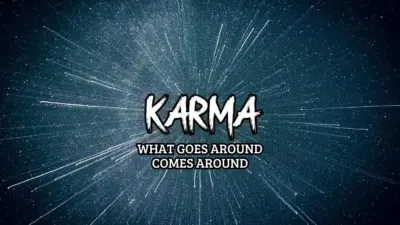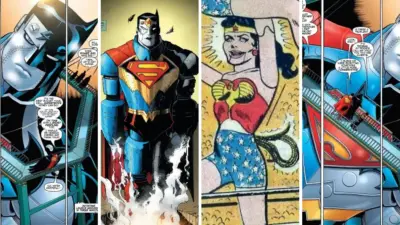In “Good Bad Girl,” Alice Feeney takes us on a narrative journey through an intricately interwoven tapestry of lives embroiled in both new and decades-old mysteries. Think of it as a slow-cooked stew, where every ingredient added is a character oozing out its unique flavor. Frankly, Feeney’s reputation as the ‘Queen of the Twisty Twist’ is no mere hyperbole—this novel is a masterclass in bait-and-switch, taking its time to draw you into the labyrinth only to leave you absolutely gobsmacked by its revelations.

Feeney centers her novel around four women, each teetering on the tightrope that is the dichotomy of good and bad, particularly in the context of mother-daughter relationships. The story starts on Mother’s Day, twenty years after a baby is stolen. Fast-forward to the present, we follow Frankie, a solitary prison librarian whose child has gone missing, and Edith, an octogenarian forcibly uprooted to a care home. The intergenerational dynamics come into sharper focus through Patience, an 18-year-old nursing home employee and Edith’s reluctant ally, and Clio, Edith’s estranged daughter. What binds them? A series of secrets and crimes, including a recent murder and an abduction from years ago. And DCI Charlotte Chapman is the whip-smart detective on the case who needs to unravel how all these characters interlock.
Feeney doesn’t just tell a tale; she paints a psychological tableau. Her writing captures the raw, sometimes dark aspects of motherhood—especially poignant in her treatment of postpartum depression and the layers of complexity in mother-daughter relationships. Feeney captures the emotional authenticity so deftly that the pages seem to almost whisper the quotes, compelling you to read and reread lines as they resonate on a deeply emotional level.
This is not just a story of crimes; it’s a tale of moral ambiguity, where every character makes you question the very notion of what it means to be good or bad. It’s a remarkable narrative of red herrings, where each revelation offers both clarity and obfuscation. As for the ending? Well, suffice it to say, it manages to be both poignant and satisfying—eliciting a bittersweet cocktail of emotions.
The nuanced character development isn’t just a side dish; it’s the main course here. Feeney writes her characters with such flesh-and-blood realism that you may find yourself, against all odds, feeling a tug of empathy even for those who’ve made the direst of choices.
If you’re someone who’s too impatient for a slow burn, brace yourself. “Good Bad Girl” asks for your patience but rewards you with a narrative payload that’s an emotional and intellectual jackpot. So, sit back and let Feeney pull the rug from under you, just when you think you’ve got it all figured out. Because, trust me, you don’t.
Also Read: None of This is True: By Lisa Jewell



